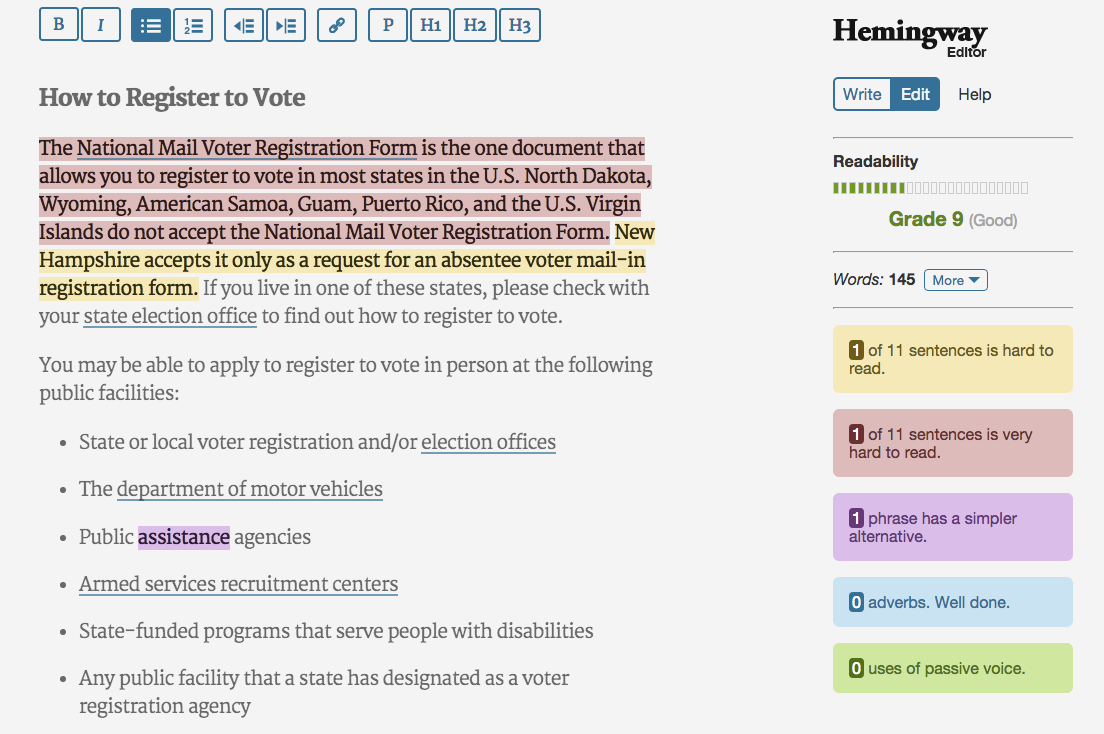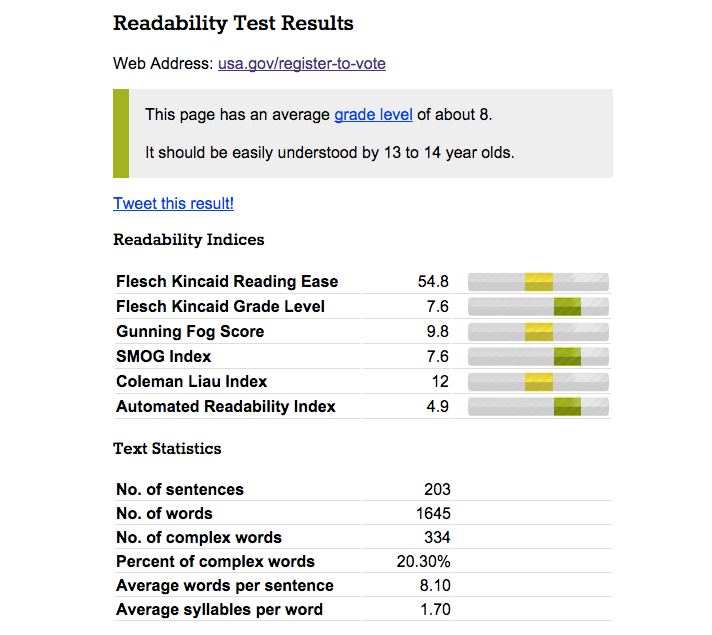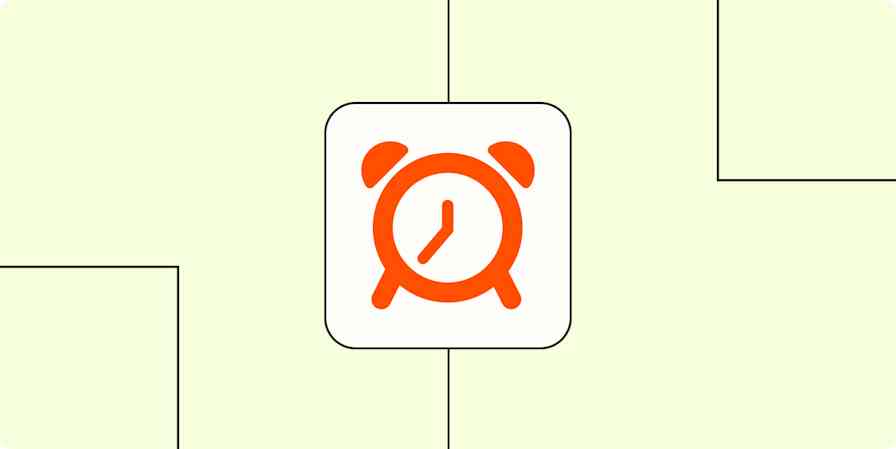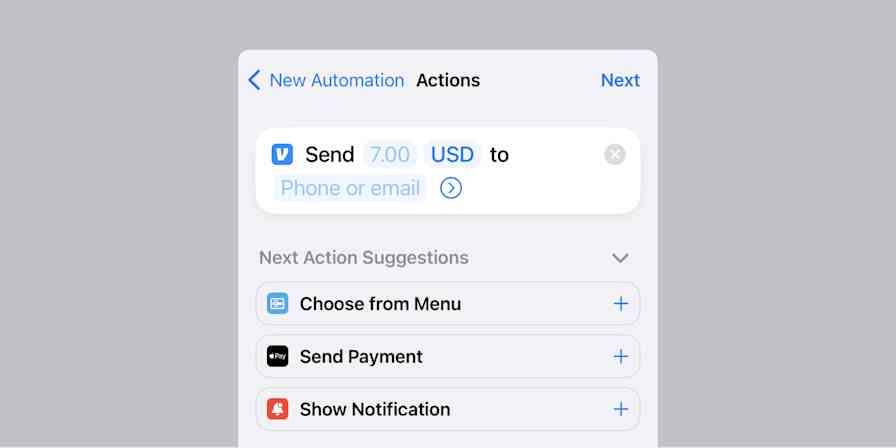Capable. Smart. I assign myself these qualities in many situations—I really do—with the rare exceptions of preparing taxes, registering my car, choosing a health care plan, setting up a retirement investing, insuring anything, applying for TSA Pre-check or daring to read terms and conditions.
Two sentences (sometimes two words) into those situations and I want to give up, flip a table or throw something across the room.
Sound familiar? Don't worry. It's (probably) not you. It's what you're reading.
When that happens, get angry. Then make sure your writing isn't also causing people to flip tables, too.
That's where the use of plain language comes into play.
What is Plain Language?

When you write in plain language, your target audience can easily read, understand and take action the first time they read your content.
Writing plainly means writing to be understood, using familiar language in a logical presentation.
In other words, don't write like this: A professor in the U.K once applied for a £170,000 grant to research "the cognitive measurement of consumer criteria for manufacturer parameter values in biscuit texture."
Translation? He wanted to study how biscuit texture affects the enjoyment of eating a biscuit.
No word on the study's results, but his language did win him a 1998 Golden Bull Award, which recognizes the worst examples of written type.
Another Golden Bull Award went to online retailer Jungle.com in 2003 for their response to a customer asking if they still sold blank CDs:
We are currently in the process of consolidating our product range to ensure that the products that we stock are indicative of our brand aspirations. As part of our range consolidation we have also decided to revisit our supplier list and employ a more intelligent system for stock acquisition. As a result of the above certain product lines are now unavailable through jungle.com, whilst potentially remaining available from more mainstream suppliers.
A simple "no" likely would have done the trick.
What Plain Language is Not
Plain language is not dumbing down content, and its intention isn't to offend the PhDs of the world.
Plain language is content written for everybody, including degree-bearing individuals. A study of how users with lower literacy skills read and navigate on the web, for example, found that even users with graduate degrees completed tasks faster when language was simplified. They also didn't have a negative reaction to the simplified content.
"It's not a matter of dumbing down," says plain language and user experience specialist Ginny Redish. "It's a matter of meeting people where they are and saving people's time."
If you're writing instructions for an app, know then that none of your users will be offended when you save them time, no matter how many degrees they have.
The Benefits of Plain Language
Writing plainly erases ambiguity. You save your readers' brainpower, which means your customer support team spends less time clarifying confusing content. And time is money.
Even skilled readers can have problems when they are rushed, tired, stressed or reading on a small screen.
A Web for Everyone: Designing Accessible User Experiences
In the 1990s, a General Electric Informational Services case study found that updating user manuals with clearer language lead to 125 fewer customer calls a month. GE saved between $22,000 and $375,000 a year for each customer who used the revised manual.
In 1982, the Allen-Bradley Company (now part of Rockwell Automation) reviewed, tested and revised the manuals for its programmable computers to include plainer language.
Original: "It is suggested that the wire should be connected to the terminal by the engineer when the switch-box assembly is completed."
Simplified: "We suggest that you connect the wire to the terminal when you finish assembling the switch-box."
Calls to the company's phone center fell from more than 50 a day to only two a month.
Another benefit? Plain language is more inclusive and accessible.
"There are many reasons why people have trouble reading: cognitive problems like aphasia or dyslexia, physical or vision disabilities, low literacy, or reading in a second language," writes Sarah Horton and Whitney Quesenbery, authors of A Web for Everyone: Designing Accessible User Experiences. "But even skilled readers can have problems when they are rushed, tired, stressed or reading on a small screen."
How to Write in Plain Language
There isn't one magic formula for writing plainly. But there are a few basic techniques you should use to simplify your content.
Put the Point up Front
You don't want to make your users hunt for the main idea.
There can be a tendency to bury bad news, but readers are looking for the bottom line no matter what. Don't make them work harder.
Medica, a not-for-profit health insurance company in Minneapolis, was concerned about their members ignoring their proof-of-coverage letter. It was a valid concern, considering the letter's headline read "HEALTH BENEFIT PLAN CERTIFICATION OF COVERAGE." They recently changed the headline to "Important: Keep this Certificate of 'Creditable Coverage' or Proof of Coverage." The first sentence reads, "This letter is proof that you had health insurance from Medica." The simplified language will help make sure recipients save the letter instead of treating it like junk mail.
Use Active Voice and Personal Pronouns
Active voice is when the subject performs an action. Passive voice means the subject is being acted upon by the verb.
Active voice: I ate five hamburgers.
Passive voice: Five hamburgers were eaten by me.
Active voice is more direct, so it's usually better for clarity. (Unless you're Yoda, of course.)
Address your users or readers as "you" rather than "the customer" or "the user." Personal pronouns sound more human and, again, are more direct and clear.
Original: The student applicant should submit an official copy of his or her transcript by April 15.
Simplified: Submit an official copy of your transcript by April 15.
Write Short, Simple Sentences
Challenge every word you write to eliminate excess.
Try to avoid using "it is" "there is" or "there are," to begin sentences.
Original: It is important to note that you need to be very careful when modifying your source code.
Simplified: Be careful when modifying your source code.
Also, avoid redundancies like "absolutely essential," "desirable benefits," "reply back" or "evolve over time." You can be just as clear saying "essential" "benefits" "reply" and "evolve."
Avoid Jargon
You achieve plain English when you use the simplest, most straightforward way of expressing an idea.
Bryan Garner, author of Legal Writing in Plain English
Jargon is shorthand for insider vocabulary, which can work great when you're talking to insiders.
A conference of dentists isn't going to scratch their heads at the term "bruxism." A patient, though, would probably prefer the term "grinding your teeth."
Avoid insider language when you can, but when you can't find a better alternative, provide an explanation for users who might not know the word.
Use Everyday Words
Use words people would say out loud.
Try words like "use" instead of "utilize," "about" instead of "approximately" and "try" instead of "attempt." The Plain Language Action and Information Network (PLAIN) has a large list of simpler alternatives.
"You achieve plain English when you use the simplest, most straightforward way of expressing an idea," says Bryan Garner, author of Legal Writing in Plain English. "You can still choose interesting words. But you'll avoid fancy ones that have everyday replacements meaning precisely the same thing."
Plain Language Tools

Writing plainly takes practice, empathy and a commitment to clarity. But there are a few tools you can use to keep plain language a priority.
Use the Grandma Test
Plain language advocate Sandra Fisher-Martins suggests writing for your grandma to craft clear, straightforward language. As Fisher-Martins says,
You write with respect and without patronizing her. And you use these three techniques:
- You start with what's most important. Grandma is busy. She's not going to read three full pages just to get to the main idea. - Use short sentences because Grandma, like any of us, if the sentences are too long, by the >time she gets to the end, she won't remember the beginning. - Use simple words—those that grandma already knows.
Even if grandmas aren't your target audience, the test is a great reminder that planning for extreme use cases makes your content more readable for everyone.
Use a Readability Test Tool

Sites like Read-able.com or Readability-score.com help you quickly gauge your content's reading level by combining results from different reading level indices.
The score you aim for depends on your audience. Jakob Nielsen of Nielsen Norman Group advises writing at a 6th to 8th grade reading level for very broad audiences. However, a 13th grade reading level might work perfectly fine for your users.
Another great tool is Hemingway Editor. It points out complicated sentences, common errors, passive voice and adverbs, and also tells your reading scores. Act on its suggestions as an easy way to improve your writing.
Say it Out Loud
The best tool I use to craft plainer content is also the simplest. I talk it out.
Listening to others explain a concept or walk through a process can be great inspiration for copy and fantastic for writing SEO-friendly content.
Try explaining out loud to another person (or yourself) what you want to say.
What pieces do you find yourself having to clarify or explain more than once?
What language do you use to clarify?
Once you've explained your topic to someone else, have them explain it back to you.
What words do they use?
Where do they stumble?
Talking it out is an easy way to figure out what words your users say out loud. And avoid any and all table-flipping.
Put Your Audience First
Writing plainly is simply putting your audience first to better meet their needs. If your users can understand and easily act on your content, they'll feel capable and smart. And they'll have you to thank.
Further Reading:
Credits: Biscuit photo courtesy Caro Wallis.





